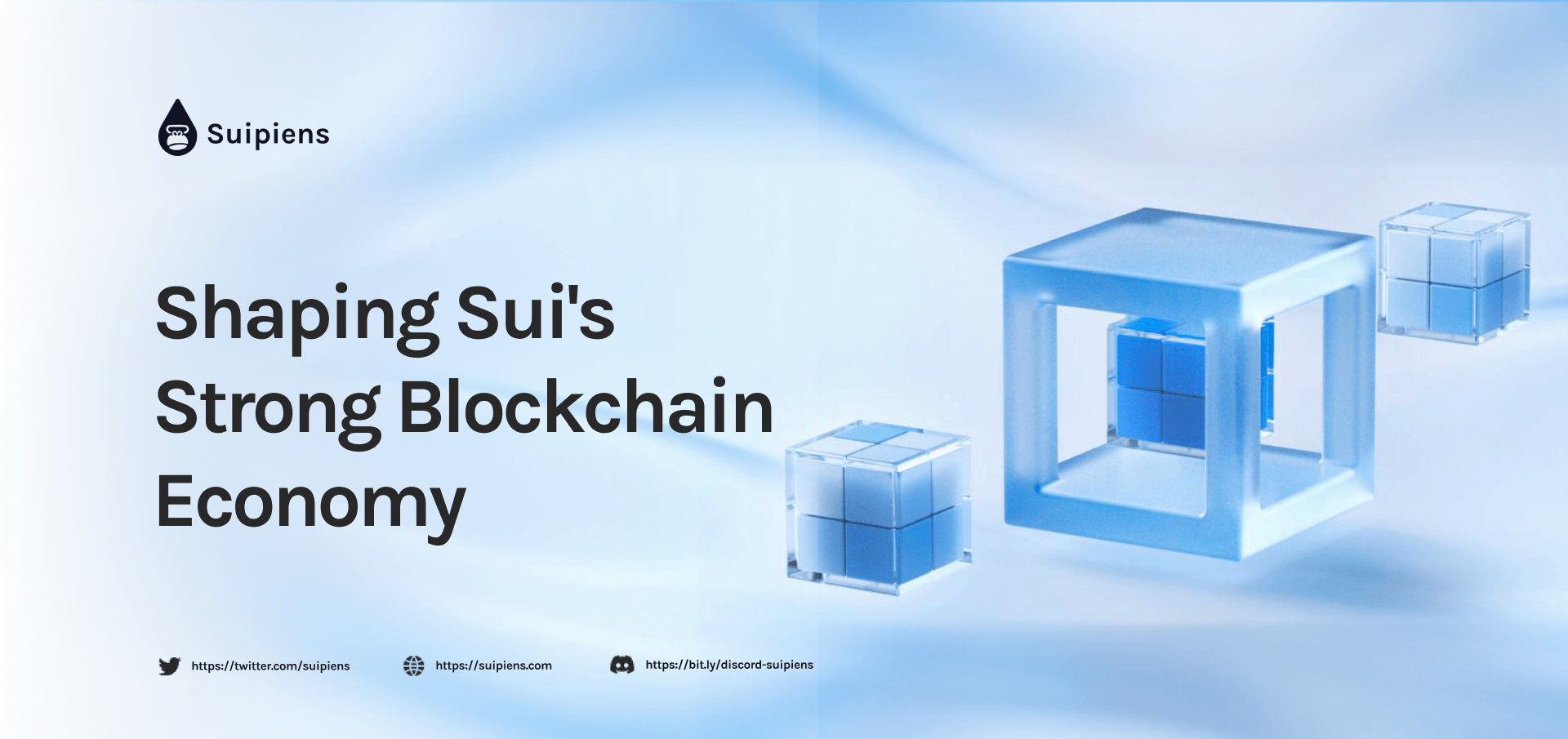Shaping Sui's Strong Blockchain Economy

A discussion with Mysten Labs’ Chief Economist Alonso de Gortari on crafting effective incentives within Sui's economic framework.
Blockchain technology has rapidly evolved over the years, revolutionizing various industries, from supply chain management to finance. Alonso de Gortari, the Chief Economist at Mysten Labs, has shared insights into his transition from academia to the world of blockchain economics and shed light on the intricate process of designing an effective tokenomics model for Sui's thriving ecosystem.
From Academia to Blockchain
Alonso's background in international trade research was a strong foundation, but he sought a more hands-on approach. Academia often remains in the realm of theory, and Alonso yearned to translate his ideas into tangible solutions. This desire led him to the realm of blockchain and Web3 technologies, where transparency and efficiency are paramount. He recognized that the immutable nature of blockchain could revolutionize supply chain management by offering a transparent record of the manufacturing process. This transition from theorizing to actively building aligned perfectly with his aspirations.
About Sui's Tokenomics
Blockchain economies are a synergy of theory and practicality, demanding cutting-edge engineering and economics. Tokenomics, the system of incentives for network participants, including validators, token holders, and users, plays a pivotal role in blockchain success. Validators seek profits from gas fees, while users desire affordability, and token holders aim for value appreciation and network sustainability. Crafting Sui's tokenomics involves striking a delicate balance that benefits all stakeholders, ensuring a thriving ecosystem.
Innovative Tokenomics on Sui
Sui's unique tokenomics revolves around ingenious principles. Horizontal scalability empowers validators to expand block space during peak demand, thereby maintaining low gas fees. Unlike traditional blockchains with a fixed supply, Sui adapts its supply to accommodate demand surges, ensuring consistent transaction costs. The introduction of a reference gas price cultivates transparency and competition. Validators propose acceptable transaction fees, and the reference price is set where a majority of validators find it economically viable, fostering a competitive yet balanced environment.
Empowering Users with the Storage Fund
Storage costs pose challenges on most blockchains, especially for data-intensive content. Sui's approach transforms block space into a commodity, addressing not just storage costs but also future sustainability. The storage fund allocates fees for perpetual data storage, adjusting validator rewards accordingly. This mechanism prevents a negative externality, where present users burden future users with unpaid storage costs. The design encourages responsible data storage and ensures long-term network health.
Decoding Inflation and Deflation in Sui's Economy
Terms like inflation and deflation often circulate within crypto discourse, but their meanings are often misconstrued. Inflation and deflation relate not only to token supply but also to network activity relative to available tokens. Sui's approach, with a capped token supply and transparent unlocking schedule, promotes predictability. The ecosystem's inflation or deflation dynamics are determined by the balance between token supply growth and network activity. This approach fosters stability and clarity within the market.
Sui's Evolving Landscape
Sui's mainnet is still in its infancy, poised for growth and adaptation. Just as the technology matures, the tokenomics model must evolve to cater to network usage and development. For instance, recent challenges with storage have prompted the team to reassess the storage fund's design. This iterative process underscores the dynamic nature of blockchain economics, where theories are put to practical tests. Sui's overarching objective remains steadfast: aligning incentives to pave the way for a robust and flourishing network.
In conclusion, Alonso de Gortari's journey from academia to blockchain economics is emblematic of the broader transition toward practical and impactful solutions. Sui's innovative tokenomics model, with its focus on scalability, transparency, and balanced incentives, serves as a beacon for the blockchain community. As the Sui ecosystem continues to evolve, its adaptive approach to tokenomics promises a sustainable and vibrant future.
Be sure to check out Suipiens' website and social media channels to stay up-to-date on all things about Sui Blockchain!

